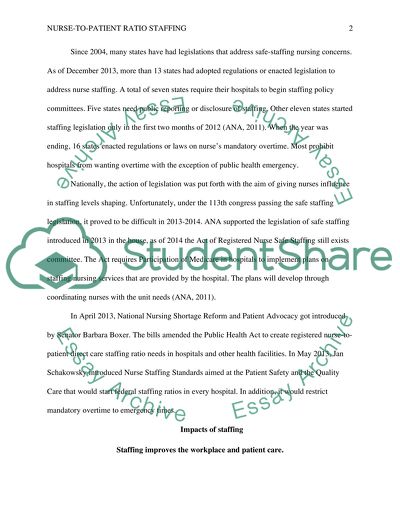Cite this document
(“Nurse-to-patient Ratio Staffing Research Paper Example | Topics and Well Written Essays - 2250 words”, n.d.)
Nurse-to-patient Ratio Staffing Research Paper Example | Topics and Well Written Essays - 2250 words. Retrieved from https://studentshare.org/nursing/1665219-nurse-to-patient-ratio-staffing
Nurse-to-patient Ratio Staffing Research Paper Example | Topics and Well Written Essays - 2250 words. Retrieved from https://studentshare.org/nursing/1665219-nurse-to-patient-ratio-staffing
(Nurse-to-Patient Ratio Staffing Research Paper Example | Topics and Well Written Essays - 2250 Words)
Nurse-to-Patient Ratio Staffing Research Paper Example | Topics and Well Written Essays - 2250 Words. https://studentshare.org/nursing/1665219-nurse-to-patient-ratio-staffing.
Nurse-to-Patient Ratio Staffing Research Paper Example | Topics and Well Written Essays - 2250 Words. https://studentshare.org/nursing/1665219-nurse-to-patient-ratio-staffing.
“Nurse-to-Patient Ratio Staffing Research Paper Example | Topics and Well Written Essays - 2250 Words”, n.d. https://studentshare.org/nursing/1665219-nurse-to-patient-ratio-staffing.


